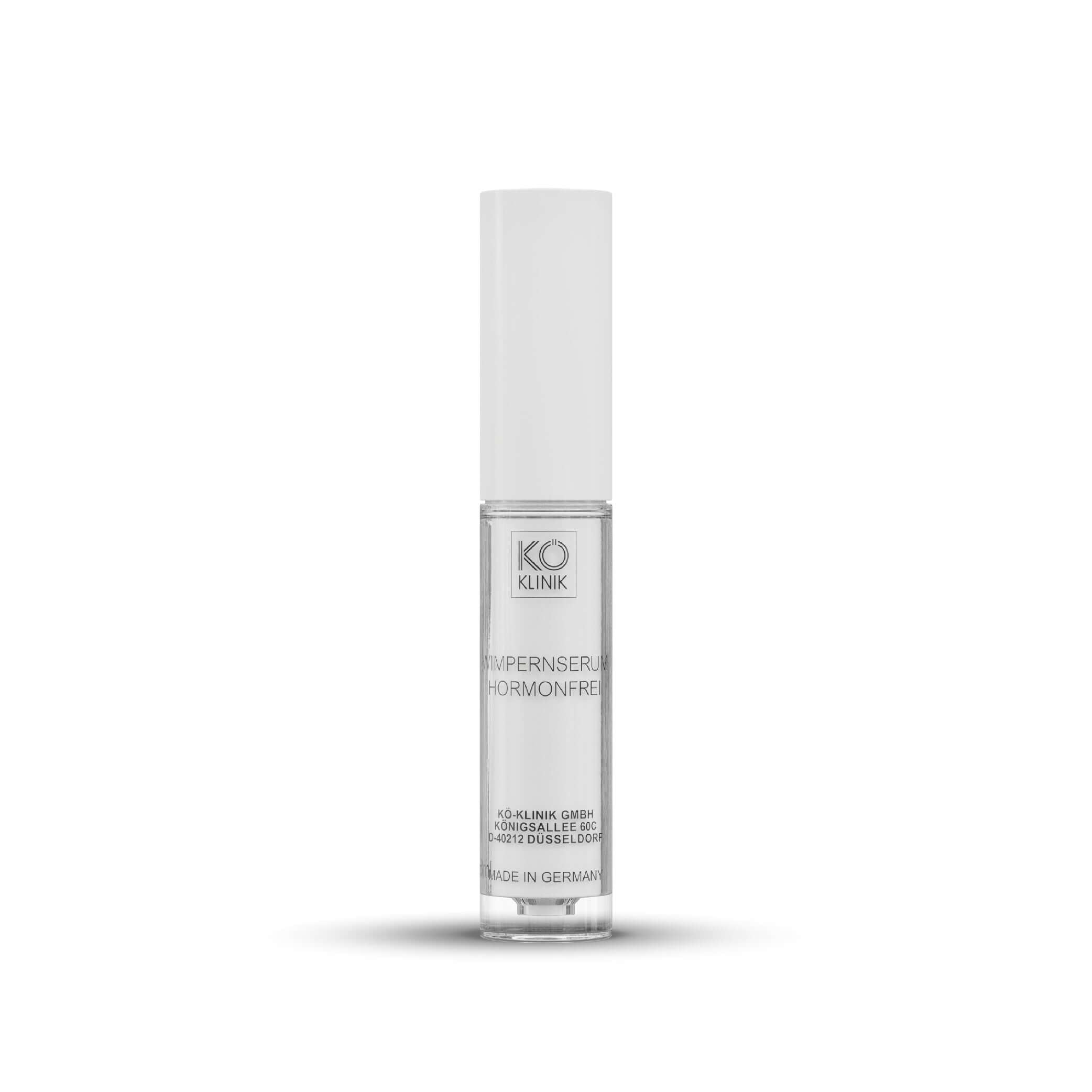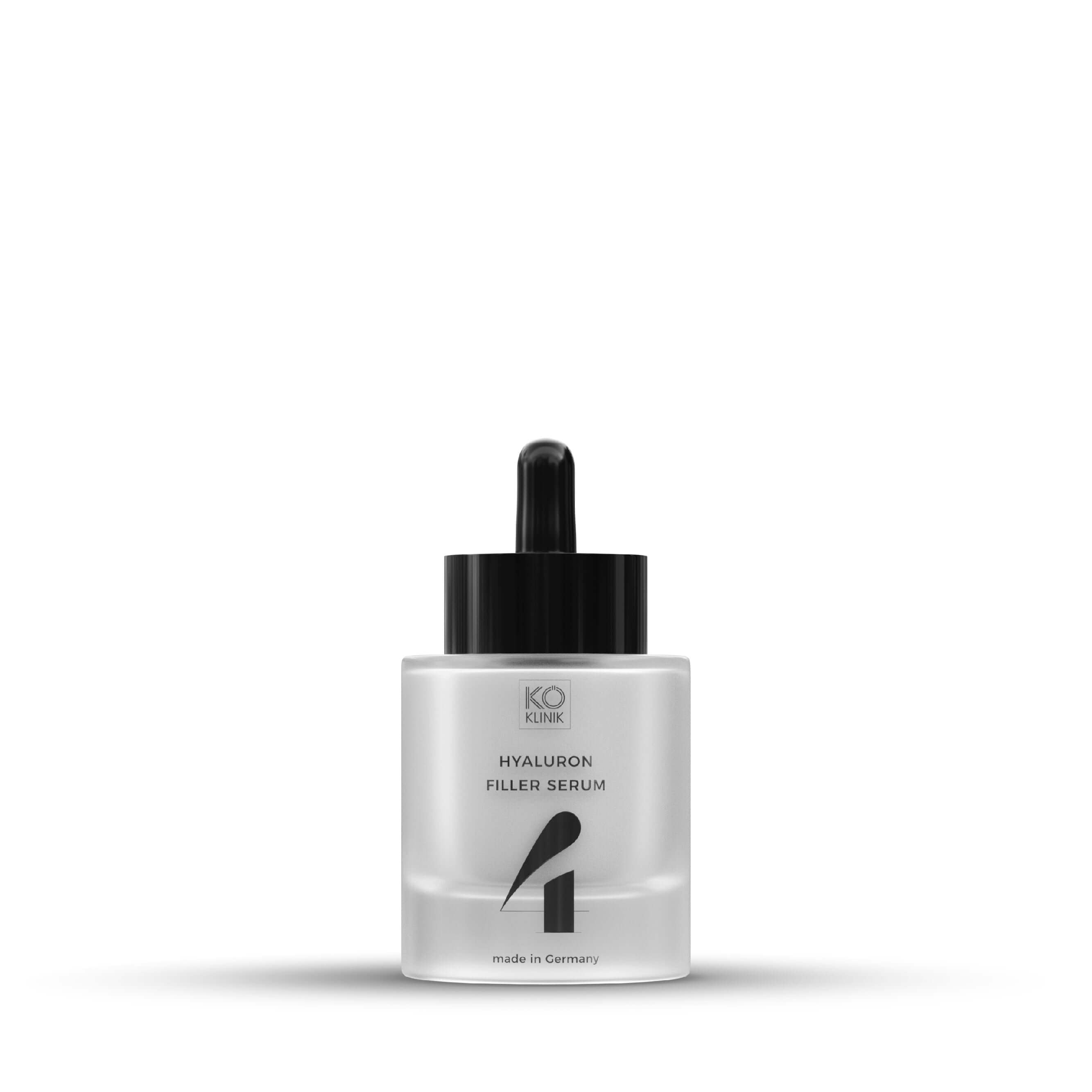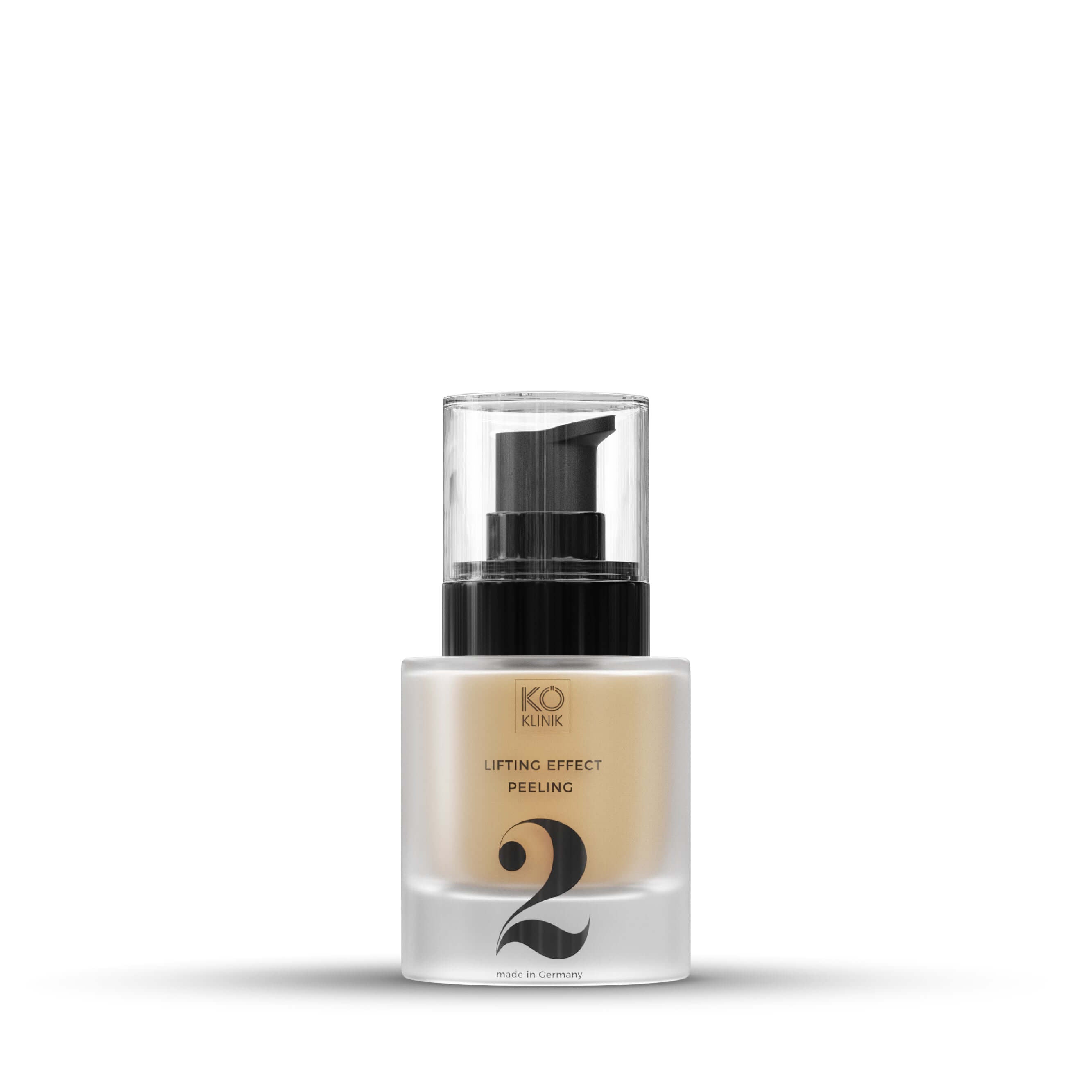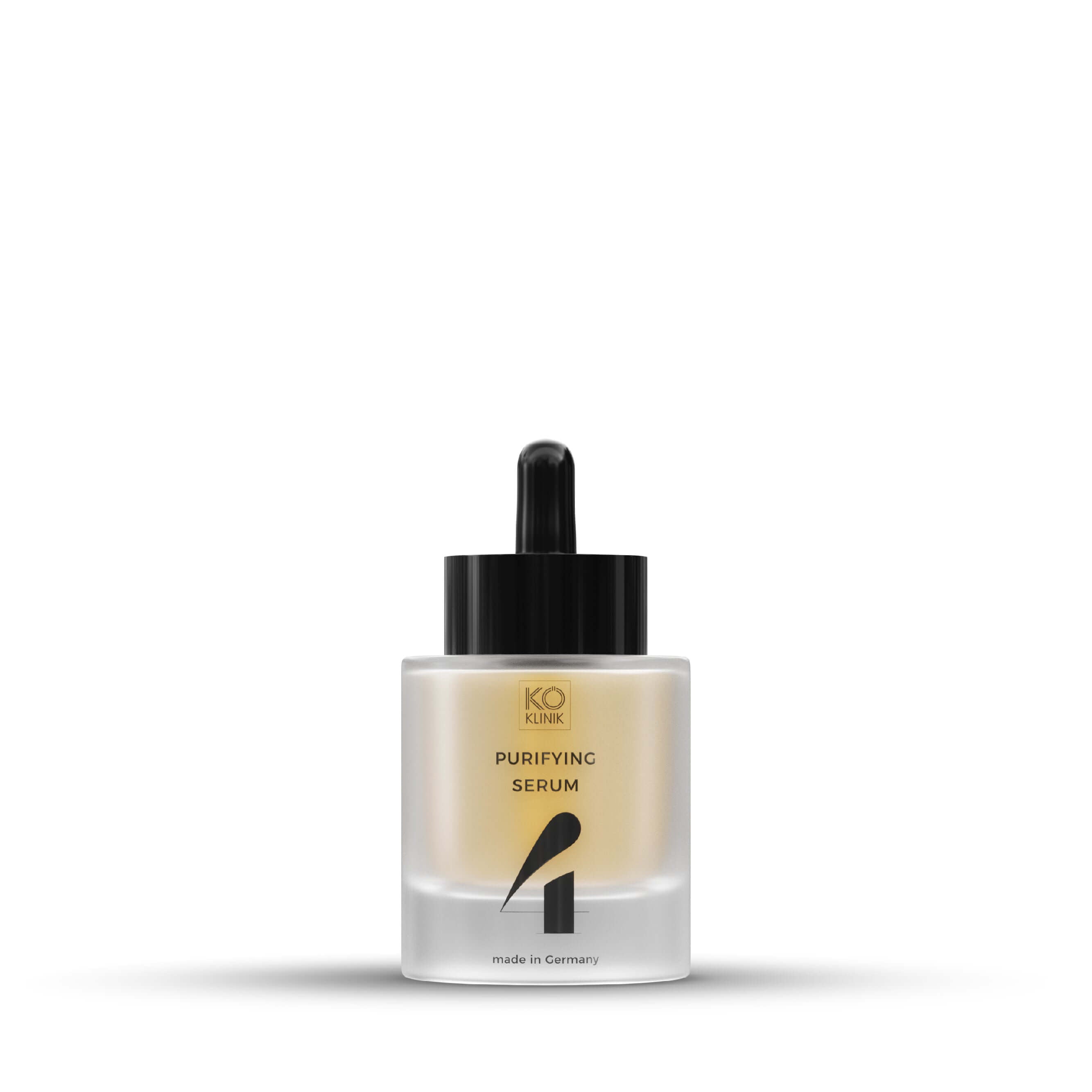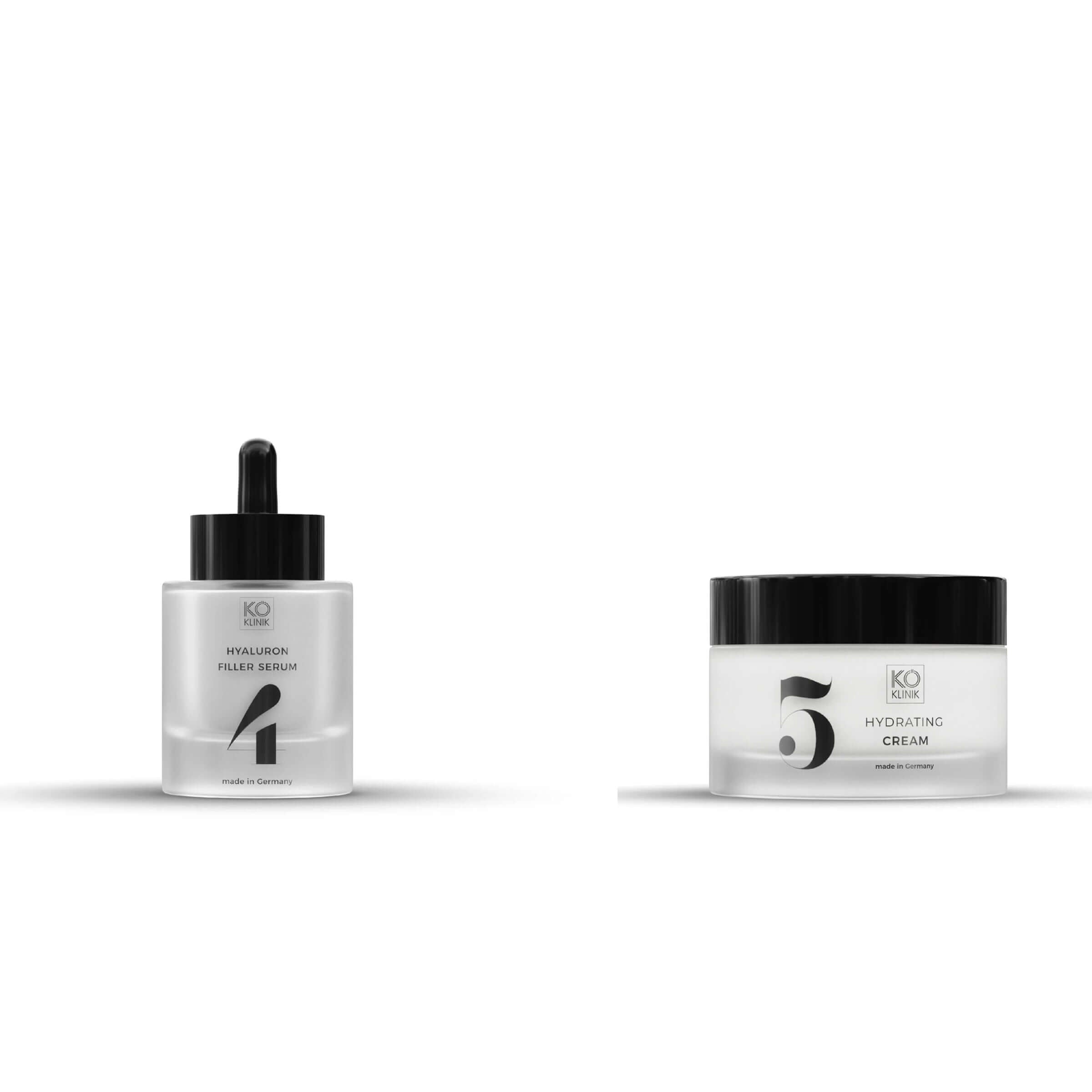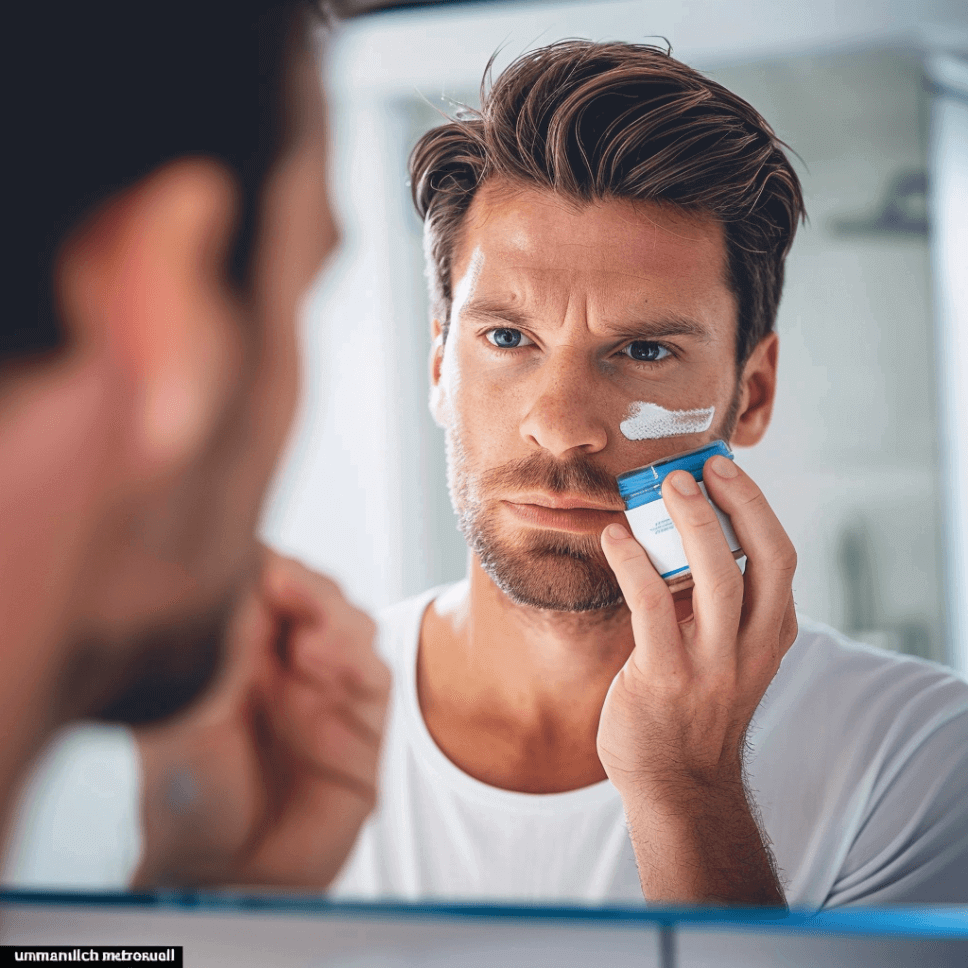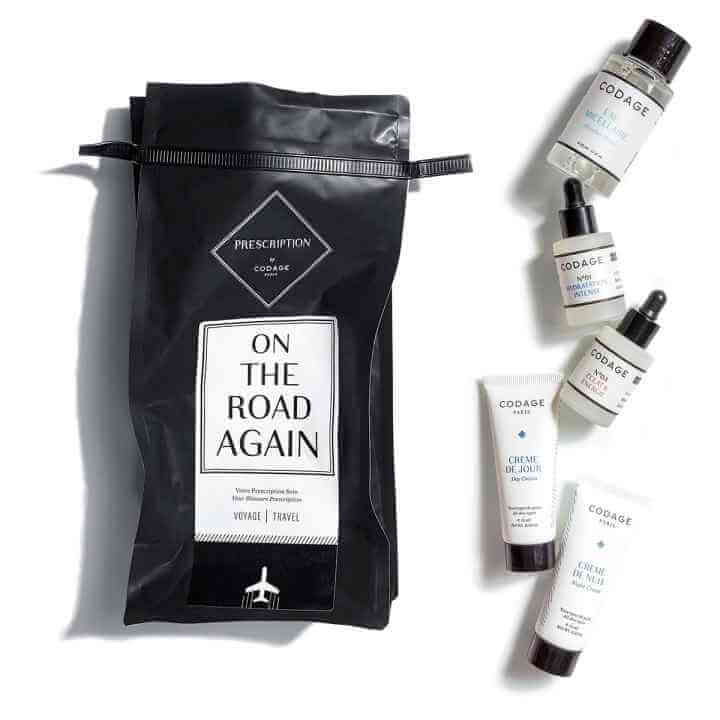A hearty affair: The renaissance of curd soap
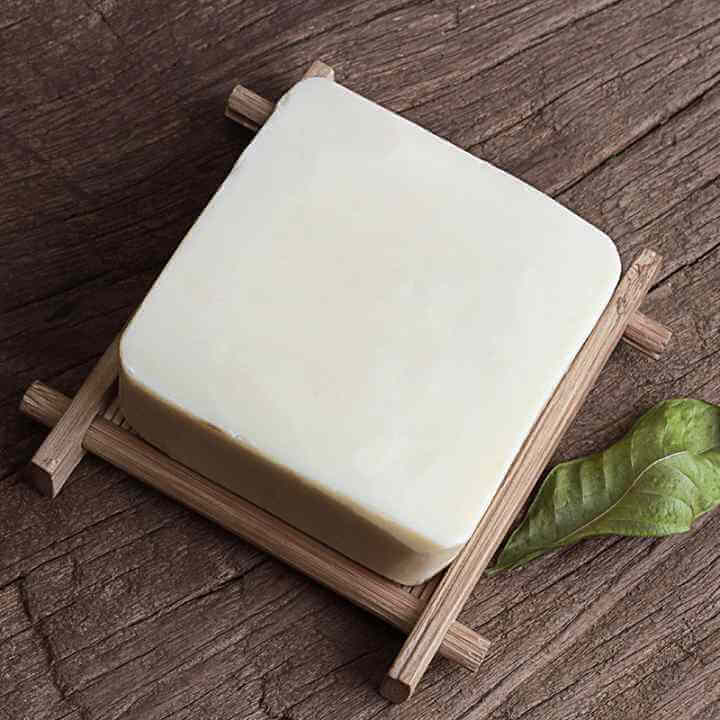
I recently read on the Internet that curd soap is currently experiencing a renaissance - as a beauty product. Curd soap? In my mind's eye I always see my grandma scrubbing the kitchen counter until it's sparkling clean with that same soap. Curd soap is a great household product and was previously used as a kind of universal cleaner. But as a beauty product? But you don't want to die stupid, so I did a little research. And lo and behold, there is now a bar of curd soap in my bathroom. Why? I'll explain that to you now.
First of all, curd soap differs from other soaps in its production. During production, table salt is added to separate the soap from glycerin and other ingredients. What remains is pure curd soap, which – unlike conventional soap – contains no perfume or nourishing ingredients. This means it hardly triggers any allergic reactions, which is great. Curd soap also has a high alkaline pH value, which is responsible for its outstanding cleaning power. And it doesn't just develop it in the home, but also on the skin.
For example, when fighting pimples and skin blemishes. Curd soap removes excess oil from the skin and removes the breeding ground for bacteria that cause pimples and blackheads. When cleaning your face with curd soap, you just have to keep in mind that, like other soaps, it removes moisture from the skin and has no moisturizing or nourishing properties. If your skin is dry, you should definitely not use curd soap every day and always provide your skin with plenty of moisture afterwards. The same applies if you want to wash your hair with curd soap. This is especially great for oily scalps, but if you have dry hair you shouldn't use curd soap. And after use, you definitely need to moisturize your hair, for example with a hair oil.
Curd soap is also ideal for foot and hand care. If you simply dissolve a small square of curd soap in warm water and bathe your hands and feet in it, it will repair small inflammations on the nail beds and soften both the cuticles and the calluses, which can then be easily removed. Now it's clear why I'm a curd soap fan from now on, isn't it?

